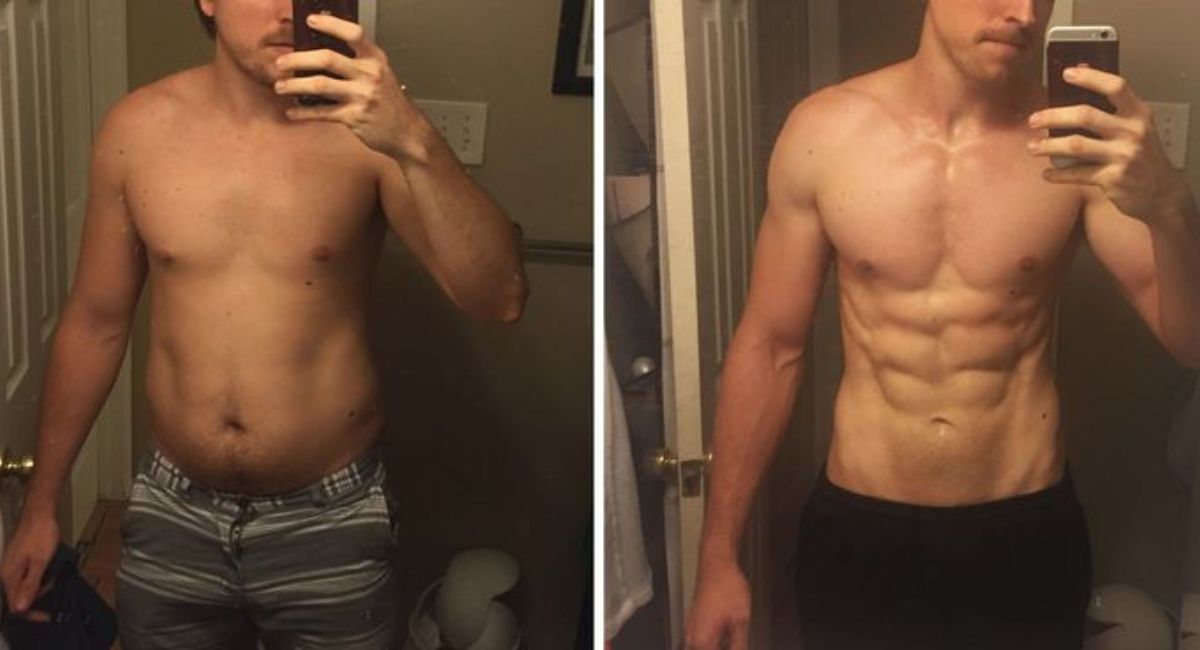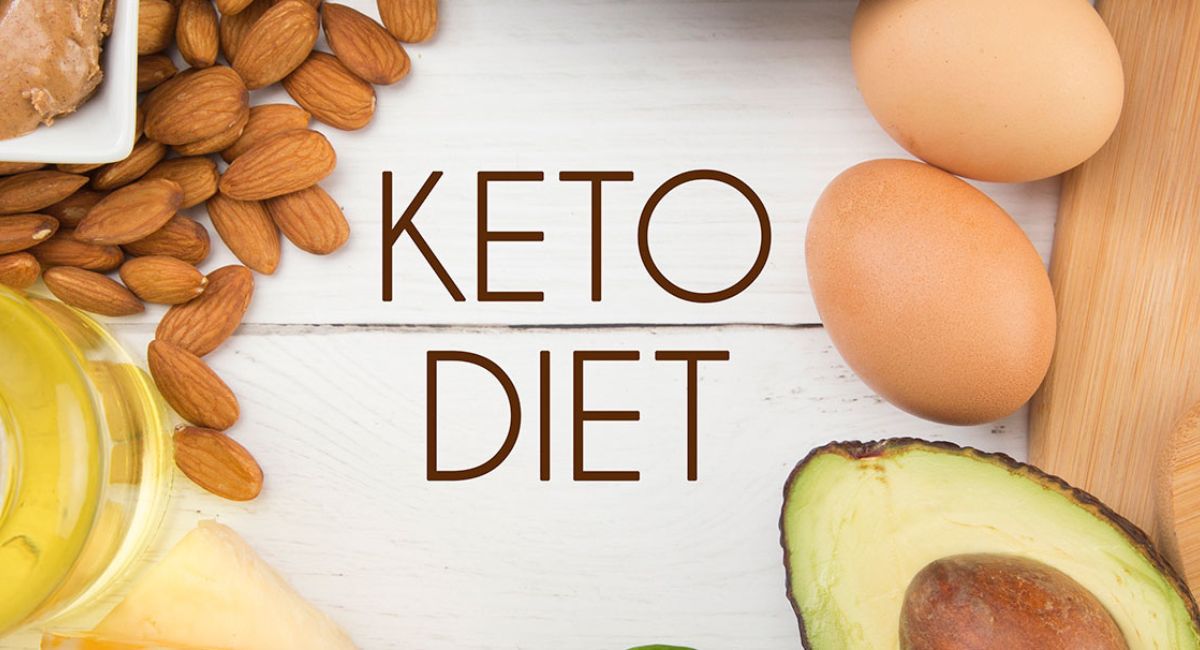I know how it feels to train hard but not see the results you want. You lift weights, watch your diet, yet your muscles don’t grow the way you hoped. If you’ve been thinking about building muscle with keto diet but feel unsure whether it’s even possible without carbs, you’re not alone. Many people in the same spot want a way to gain size and strength while still burning fat.
This blog post will show you exactly how to make it work. You’ll discover how the keto diet helps muscle growth, which foods to eat, and the best training strategies to follow. By the end, you’ll know proven tips for building muscle with keto diet so you can feel stronger, leaner, and more confident in your workouts.
How the Keto Diet Works for Muscle Growth
When you go on a low-carb high-fat muscle growth plan, your body shifts into ketosis, burning fat for energy. In this state your body becomes fat-adapted, tapping into stored fat to fuel workouts and daily tasks. That fat adaptation for performance means you may feel steady energy instead of crashes. Your cells start using ketone bodies, and your insulin levels drop. Thus, you reduce fat gain while preserving muscle.
But building muscle still depends on providing enough protein and resistance stimulus. The keto diet changes your fuel source, not the need for strength training on keto. By combining resistance training on keto with this metabolic shift, your body learns to build and maintain lean mass even with fewer carbs.
Benefits of Building Muscle on a Keto Diet
One benefit is lean mass preservation on keto during fat loss. Many high-protein, low-carb plans keep your muscle while shedding fat. Also, the high-fat diet exercise benefits include stable blood sugar and reduced hunger, making it easier to stick with your plan. You may also see improvements in insulin sensitivity, which supports nutrient uptake in muscles.
Another advantage is reduced inflammation and faster recovery from workouts. Many people combining keto and strength training report fewer muscle aches and improved sleep. That’s one of the benefits of keto and strength training in practice—they reinforce each other.

Best Macronutrient Ratios for Muscle Gain on Keto
Getting your keto diet macronutrient ratios right is crucial. For many, 70% fat, 20–25% protein, and 5–10% carbs works well. But when you train hard, you may push protein up to 25–30% while keeping net carbs under 30–50 grams per day. This balance helps with protein intake on keto while preserving ketosis.
Adjust these ratios based on results. If you aren’t gaining muscle, slowly increase protein or calories. If you gain fat, dial back fat intake or carbs. Always test and tweak. Maintaining protein-to-fat balance on ketogenic diet is a dynamic process, not a rigid rule.
Top Keto-Friendly Foods to Build Lean Muscle
Good protein sources include grass-fed beef, poultry, fish, eggs, and occasional whey isolate. Pair them with healthy fats like avocado, olive oil, coconut oil, nuts, and seeds. Low-carb vegetables like spinach, kale, broccoli, and zucchini round out your plate. In the U.S., find these easily in grocery stores and farmers’ markets.
You can also plan your keto meal plan for athletes by rotating protein and fat sources. For example, salmon with avocado and greens today, chicken thighs with spinach and macadamia nuts tomorrow. Variation keeps your body guessing.
Strength Training Strategies to Maximize Muscle on Keto
When doing resistance training on keto, focus on compound lifts like squats, deadlifts, presses, and pull-ups. Train in ranges where you challenge yourself for 6–12 reps. Use progressive overload so muscles keep growing. If you stall, change rep ranges or rest times.
Schedule more intense sessions after your higher-fat meals so energy is present. Always allow recovery days. Many athletes combine best workouts on keto with lighter cardio, stretching, mobility work, or active rest to support growth without overtraining.

Common Mistakes That Slow Muscle Gain on Keto
Many people make the common mistakes slowing muscle gain by under-eating calories or protein. If you don’t supply enough nutrients, muscle can’t rebuild. Others hide carbs in sauces, dressings, or processed foods, sneaking you out of ketosis.
Another mistake is overtraining when you first go keto. Your body needs time to adapt. If you push too hard too early, you risk stagnation or injury. Plus, neglecting an electrolyte balance or hydration causes trouble. Track what you eat and how you feel to notice signs of losing muscle on keto early.
Supplements That Support Muscle Growth on Keto
Even with perfect diet and training, some supplements help. Creatine and electrolytes on keto play big roles: creatine helps with energy in muscle cells, and sodium, potassium, magnesium prevent cramping and maintain performance. MCT oil and exogenous ketones may offer extra fuel for workouts.
You can also use BCAAs or EAAs if your protein intake dips. Omega-3 fish oil, vitamin D, and magnesium support overall health and recovery. Always pick quality brands available in the USA. These choices enhance keto-friendly supplements for strength, not replace hard work.
Adjusting Keto for Different Body Types and Fitness Goals
You’ll want to customize keto diet by body type. An ectomorph (lean, fast metabolism) may need more calories and protein. A mesomorph (medium build) can stay nearer to standard ratios. An endomorph (tendency to store fat) may prefer lower calories or intermittent carb cycling.
Also differentiate your goals: bulking or cutting. If building size, run a calorie surplus. If leaning out, use a mild deficit but keep protein high. In some cases, you might reverse off keto temporarily. That’s adapting training while on ketosis or transitioning off keto for maintenance phases.
Combining Keto with Intermittent Fasting or Ayurveda for Better Results
Pairing combining keto with intermittent fasting helps many people push faster fat loss while sparing muscle. For example, an 16:8 fast (16 hours without food, 8-hour eating window) often works well on keto. It improves insulin sensitivity and may raise growth hormone levels.
You can also explore ayurvedic support for muscle building by using herbs like ashwagandha, shilajit, or turmeric. These may improve recovery, reduce stress, and support hormonal balance. Always consult a practitioner before combining herbs, especially if you take medications.

Sample Meal Plan and Workout Schedule for Keto Muscle Building
Below is a simple one-day plan plus a workout routine to help you start:
| Time | Meal | Macros (approx) |
|---|---|---|
| 8:00 AM | Eggs, spinach, avocado cooked in butter | 5 g net carbs / 30 g fat / 25 g protein |
| 12:30 PM | Salmon salad with olive oil, greens | 3 g net carbs / 35 g fat / 30 g protein |
| 4:00 PM | Snack: keto smoothie (protein isolate + MCT) | 2 g net carbs / 20 g fat / 25 g protein |
| 7:30 PM | Ribeye steak, broccoli, butter sauce | 6 g net carbs / 40 g fat / 35 g protein |
Workout Schedule (you can follow a workout schedule for keto athletes):
Train 5 days: push (chest/shoulders), pull (back/biceps), legs, accessory/core, full body. Two rest days in between. Use heavy, moderate, light cycles across weeks to push adaptation.
This sample keto meal plan for muscle gain and training split gives a template. Adjust calories up or down based on how your body reacts over a few weeks.
FAQs About Building Muscle with Keto Diet
Q: Can you really build muscle on a keto diet?
A: Yes. With enough protein and resistance training, you can build and maintain muscle even while keeping carbs low. It just takes careful planning to hit your calorie and nutrient needs.
Q: How much protein do I need on keto to gain muscle?
A: Most people aiming for muscle growth need about 0.7–1 gram of protein per pound of body weight each day. This helps repair and build muscle while staying in ketosis.
Q: Do I need carbs to build muscle?
A: Carbs aren’t strictly required, but they can help with workout energy. Many people on keto use targeted or cyclical keto to add small carb amounts around workouts for better performance.
Q: What are the best foods for building muscle on keto?
A: Focus on fatty fish, eggs, poultry, beef, cheese, nuts, seeds, and low-carb vegetables. These foods provide the protein, healthy fats, and micronutrients you need to recover and grow stronger.
Q: Will I lose strength at first on keto?
A: Some people feel a temporary drop in energy or strength during the first 1–2 weeks as their body adapts. Once you’re fat-adapted, your energy levels often stabilize or improve.
Q: Can keto help me lose fat and build muscle at the same time?
A: Yes. Because keto naturally reduces insulin and appetite, it can help burn fat while enough protein and resistance training stimulate muscle growth.
Q: Should I take supplements on keto for muscle building?
A: Many people use electrolytes, creatine, and omega-3s. These can help prevent cramps, support recovery, and improve performance during low-carb training.
Q: How often should I train while building muscle on keto?
A: Aim for 3–5 strength-training sessions a week. Include compound moves like squats, deadlifts, and presses to build more muscle efficiently.
Q: Does being in ketosis affect recovery after workouts?
A: It can slow glycogen replenishment but doesn’t harm protein synthesis. Staying hydrated, eating enough protein, and getting good sleep are key to recovering well.
Q: Can beginners build muscle faster on keto than on a regular diet?
A: Beginners can still see great results on keto, but progress depends more on consistent training, calorie intake, and recovery than on carb levels alone.
Final Thoughts
Building muscle on a keto diet takes focus, patience, and smart tweaks. When you combine keto bodybuilding with solid training, correct macros, and supportive supplements, you can tap into ketogenic diet for muscle gain benefits that many miss. Remember to adjust to your body type, avoid common mistakes slowing muscle gain, and monitor progress closely.
The path won’t always be easy but the results can last. Use this guide, listen to your body, and keep refining your approach. Your gains will come.

